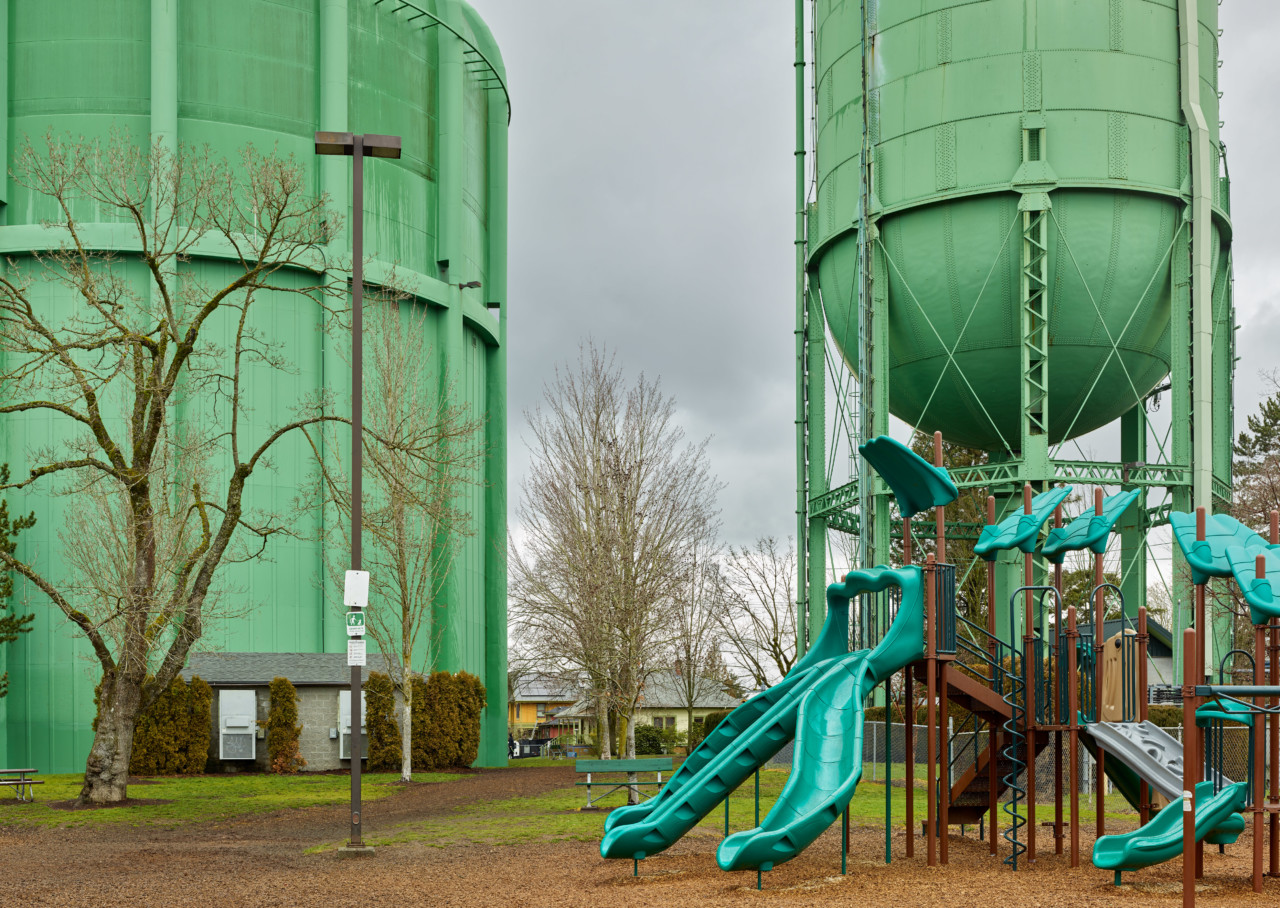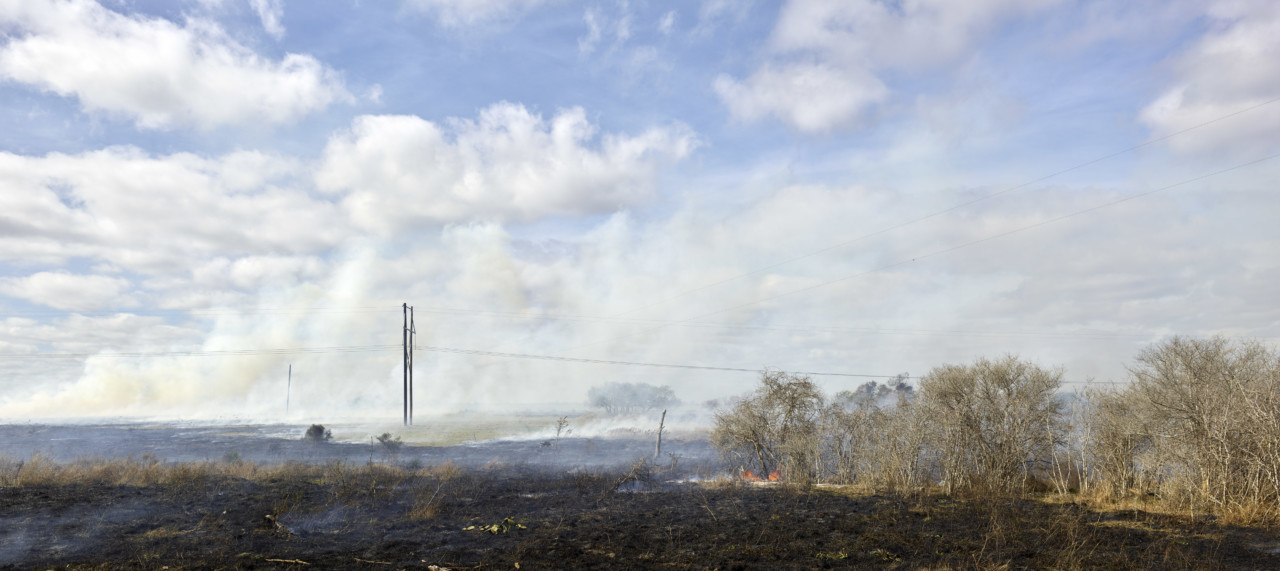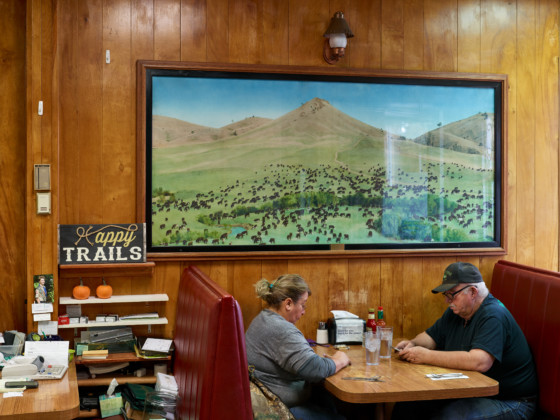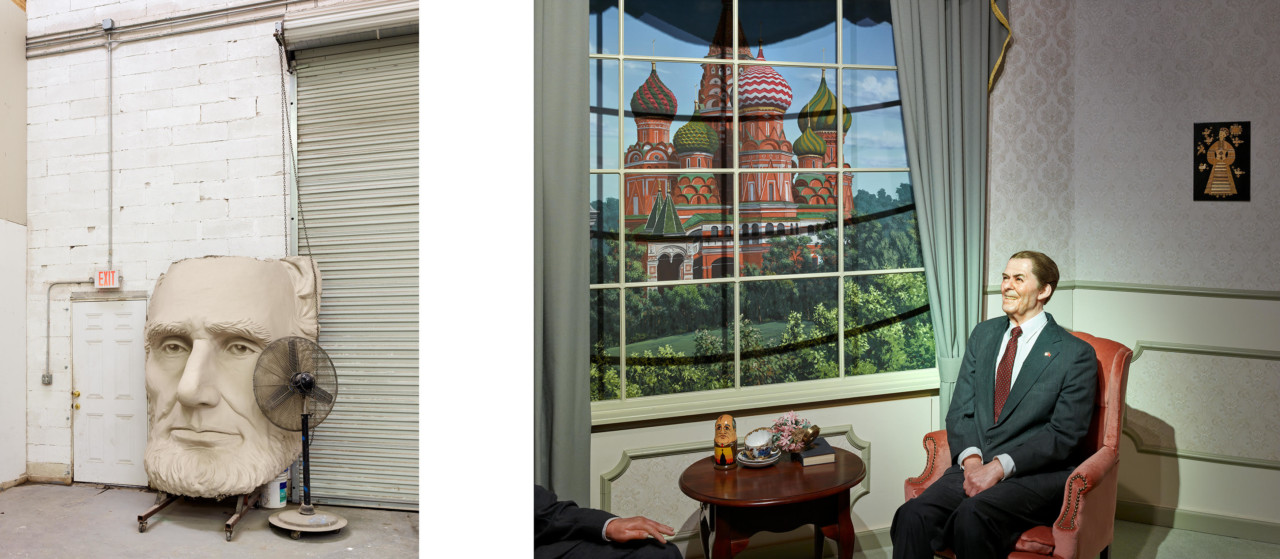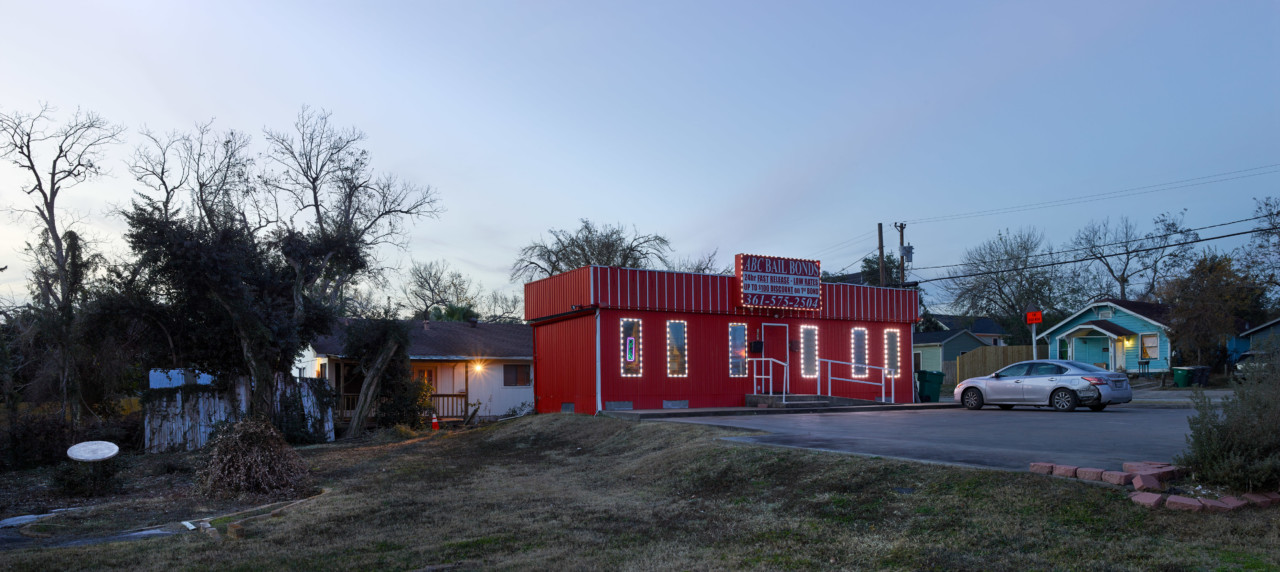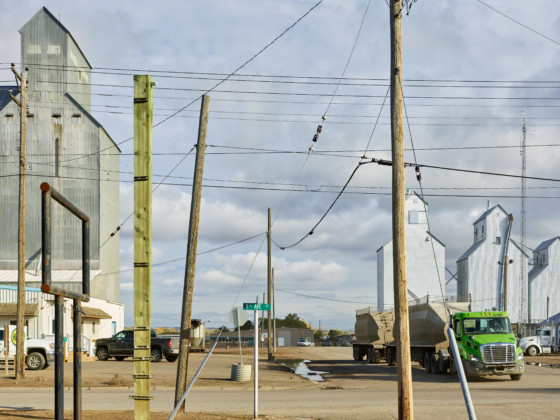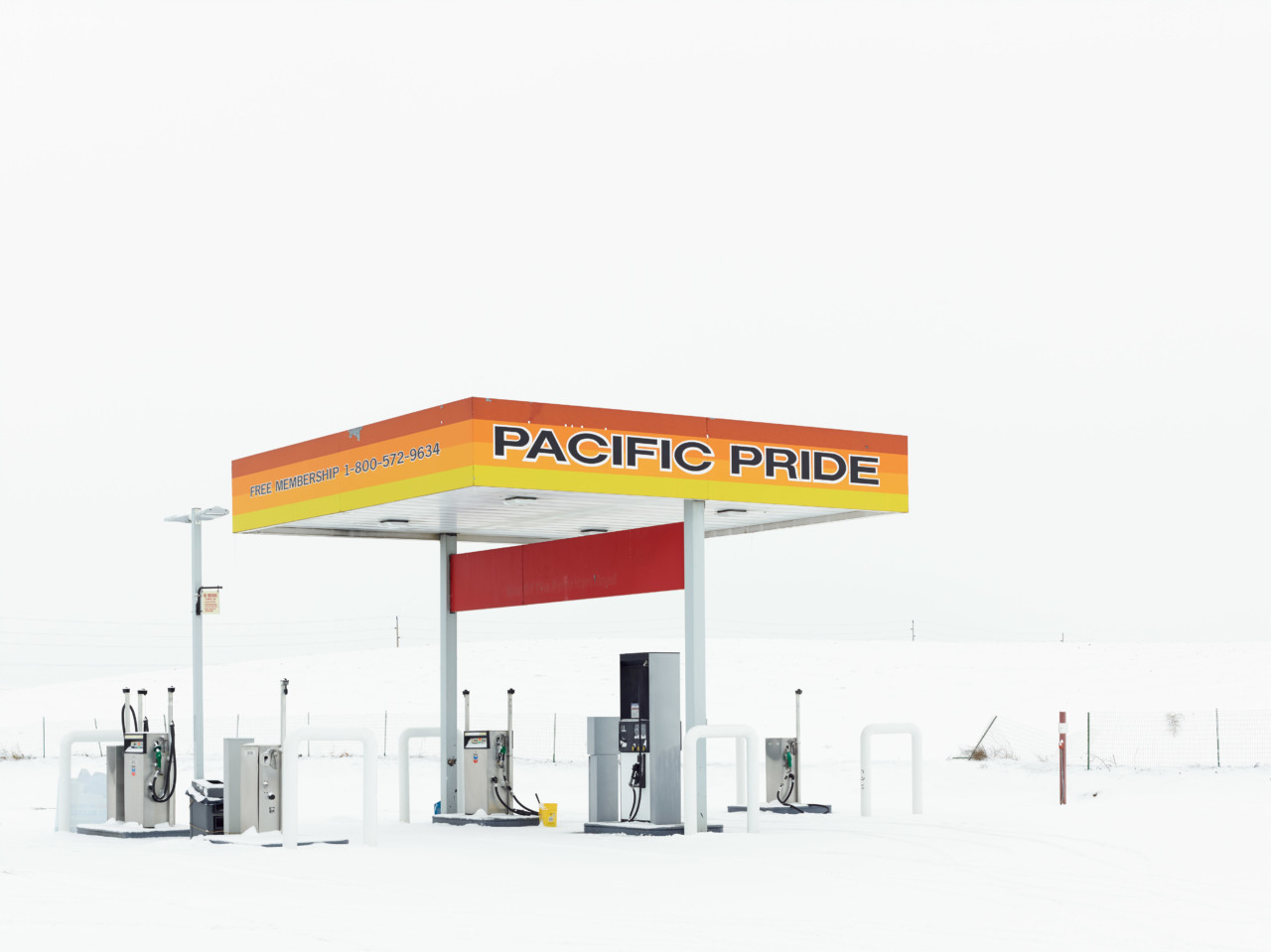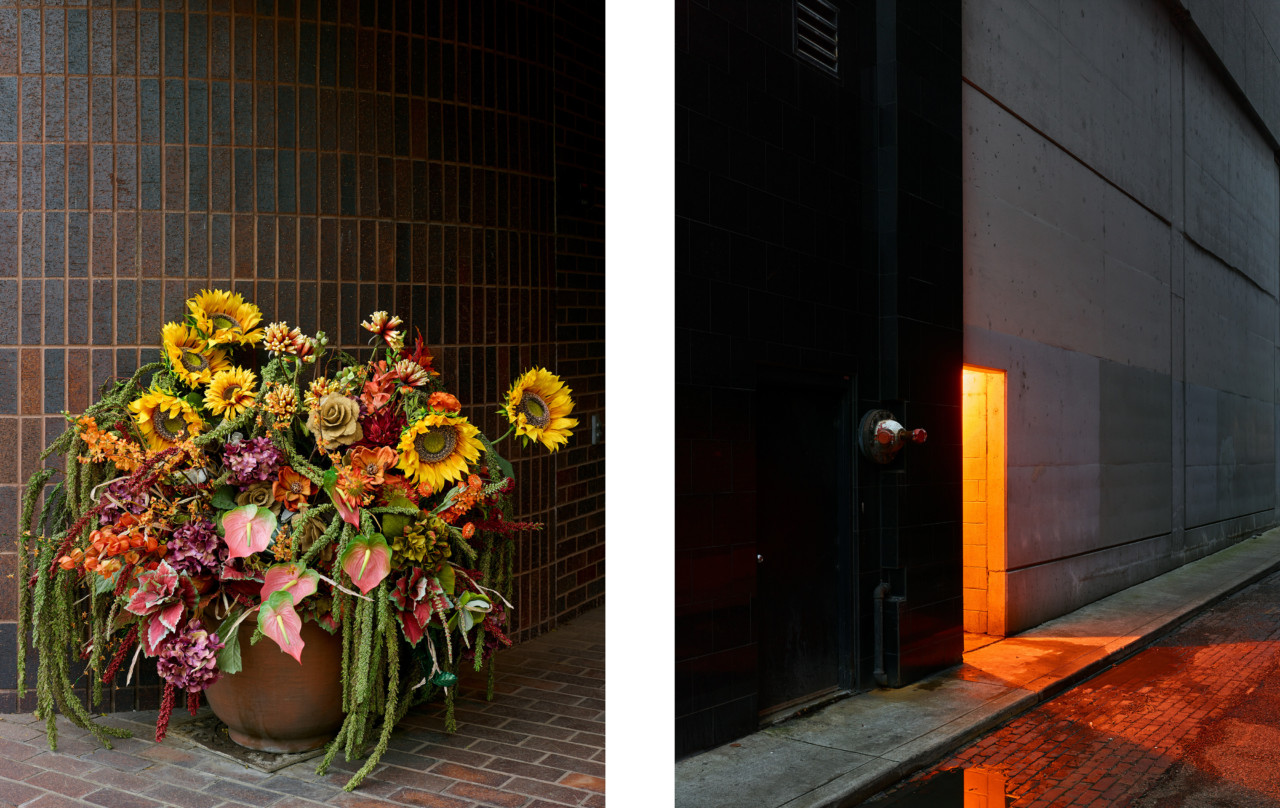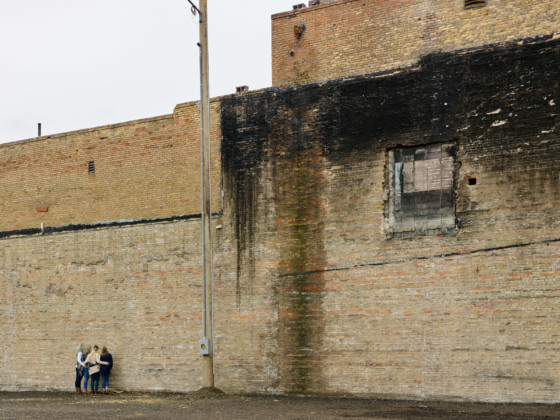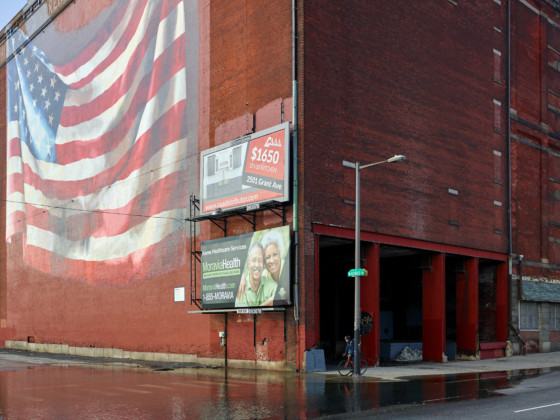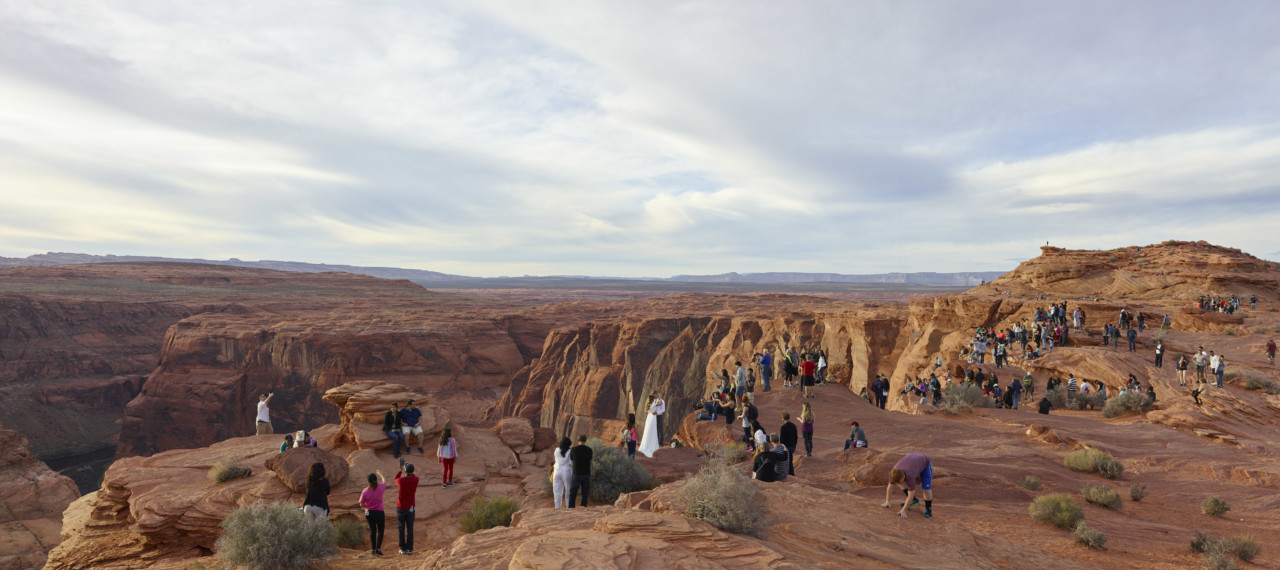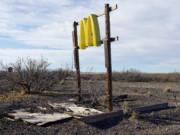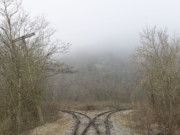Cracks in the Façade of the American Dream
Curator Gregory Harris on Mark Power's new book, Good Morning, America (Volume Two)
To mark the release of Good Morning America (Volume Two) – the second volume in Mark Power’s five-book study of America through it’s myriad landscapes – Gregory Harris, associate curator of photography at The High Museum, Atlanta, reflects upon this new body of work and the disparity between the “popular myth and the fraught reality” of contemporary America.
You can read an interview with Power about the first volume in the series, on Magnum, here. Good Morning America (Volume Two) is published by GOST Books, and signed copies are available here.
In the recent history of landscape photography, a drastic shift has taken place from the standard established by mid-century masters like Ansel Adams and Eliot Porter of depicting the American scene as an untouched Eden to a far more critical engagement with the complex relationship between humans and the land, locating the marks we leave and structures we create as metaphors for our aspirations and successes, our shortcomings and tragedies. It’s a thread that began in the late 1960s with the spare and direct approach of the so-called “New Topographics” and has grown steadily more pointed across the intervening decades as the impact of climate change, housing shortages, migration, racial tension, and economic inequality on this vast nation’s natural and built environment has become increasing difficult to overlook.
With his ongoing series Good Morning, America, Mark Power adds an audacious new chapter to the canon of photography that grapples with the complexities of American culture and politics as they are manifest in the landscape. The scope and depth of his ambitions are admirably grand: Power is more than halfway through a planned 10 years of shooting in which he hopes to visit all 50 states and ultimately publish five volumes of photographs (the second was recently released). Thus far, he has covered large swaths of the country with Good Morning, America (Volume Two) drawn primarily from his turns through the Deep South, the upper Midwest, and the West Coast. Where so many views of the U.S. from the history of photography have been shaped by the windshield of a car, Power tends to amble about for hours with his camera and remarked that “most of the pictures have been made during long walks through numerous towns and cities, or broader landscapes. In short, it’s a series of hikes and chance encounters.” By exploring on foot, he can engage with his subject matter in a deeply contemplative way, forgoing the more obvious pictures that catch your eye from a passing car for the more nuanced views that reward careful looking.
"While he is encompassing in his choice of subjects, Power concentrates on sites that show cracks in the façade of the American Dream"
- Gregory Harris
Power noted previously on this site that he is constructing the project to be “multifaceted” and he is “interested in America’s relationship to land as an economic and social construct, including the study of land use, natural resources, public utilities, housing, and urban land issues.” While he is encompassing in his choice of subjects, Power concentrates on sites that show cracks in the façade of the American Dream, revealing how it is not working out for many people. The optimism of the project’s title is tempered by the somberness of the photographs as the urban thoroughfares, suburban strip malls, and rural farmland are shown slumping, tattered, and worn. Poverty appears pervasive, the solace of religion flimsy, and the land depleted.
"If the tone of the book is not one of outright pessimism, it is at least one of trepidation"
- Gregory Harris
If the tone of the book is not one of outright pessimism, it is at least one of trepidation for a country struggling to find its way. When these places are not shown in states of disarray or decay, Power photographs them in a manner that betrays an underlying sense of vulgarity: a cold wood-paneled bank boardroom, a fresh housing development encircled by dead sod, a bail bonds shopped decked out like a carnival funhouse. These scenes are all too familiar no matter where you are in the country, yet Power’s frank description of such ubiquitous challenges throws these issues into startingly stark relief.
"In the mundane corners of contemporary America, [Power] strategically alludes to a deep-seated turbulence"
- Gregory Harris
The earliest photographs of the continent were made at a time of American ascension and captured the popular imagination by conveying the epic scale of a dramatic land that extended infinitely. By contrast, Power’s photographs are remarkably uninflected. In the mundane corners of contemporary America, he strategically alludes to a deep-seated turbulence. “I don’t believe that a picture of a demonstration, or a riot, is the only way of talking about economic or racial inequality,” Power asserted. “It’s manifest everywhere in the landscape. You just need to look for it.” He approaches the American landscape omnivorously, pulling in countless details so that a single picture takes on several interlocking issues. His frame is rational and studied, lending a sense of order to the chaos of highway overpasses, street signs, and power lines that litter the built environment. By shooting with a degree of physical distance and assuring each plane is in sharp focus, Power’s photographs maintain a seemingly objective point of view that leaves ample room for the viewer to wrestle with their own biases and proclivities as they work their way through the layers of information vividly presented to them.
This sense of visual distance further illustrates a key element of the work: America is not Power’s home and he cannot shed his perspective as an outsider. Power’s impression of America was shaped by the television shows and Hollywood movies imported to the UK that ran in the background of his childhood in the 1960s. His mythic sense of a rugged country with limitless possibility is not far off the image perpetuated in the minds of Americans, yet Power’s perception was not balanced by the daily confrontations of the shortcomings of those images. As such, the disparity between that popular myth and the fraught reality of an America grappling the effects of rampant inequality and economic uncertainty were readily apparent to the British photographer. As Power acknowledged in the afterword to Volume One, “I began—although I may not have realised it at the time—to search for the America which lived in my imagination, the one generated during childhood, the one that had probably never existed at all.”
"The disparity between that popular myth and the fraught reality of an America grappling the effects of rampant inequality and economic uncertainty were readily apparent "
- Gregory Harris
Toward the middle of Volume Two, amidst a sequence of images showing structures in decay, is one of Power’s most incisive pictures: an abandoned mid-century brick building, windows shattered, with the words “Good Samaritan Center” inscribed by boarded up entrance (pl. 40). When he visited the United States in the mid nineteenth century, the British novelist Charles Dickens observed that the staunch individualism present in American culture could easily give way to widespread distrust among its citizens and lead a society in which people looked out only for their own interests to the detriment of others. A century and half on, Power seems to be witnessing that prophecy of a nation that has misplaced it sense of collective purpose coming to fruition.




